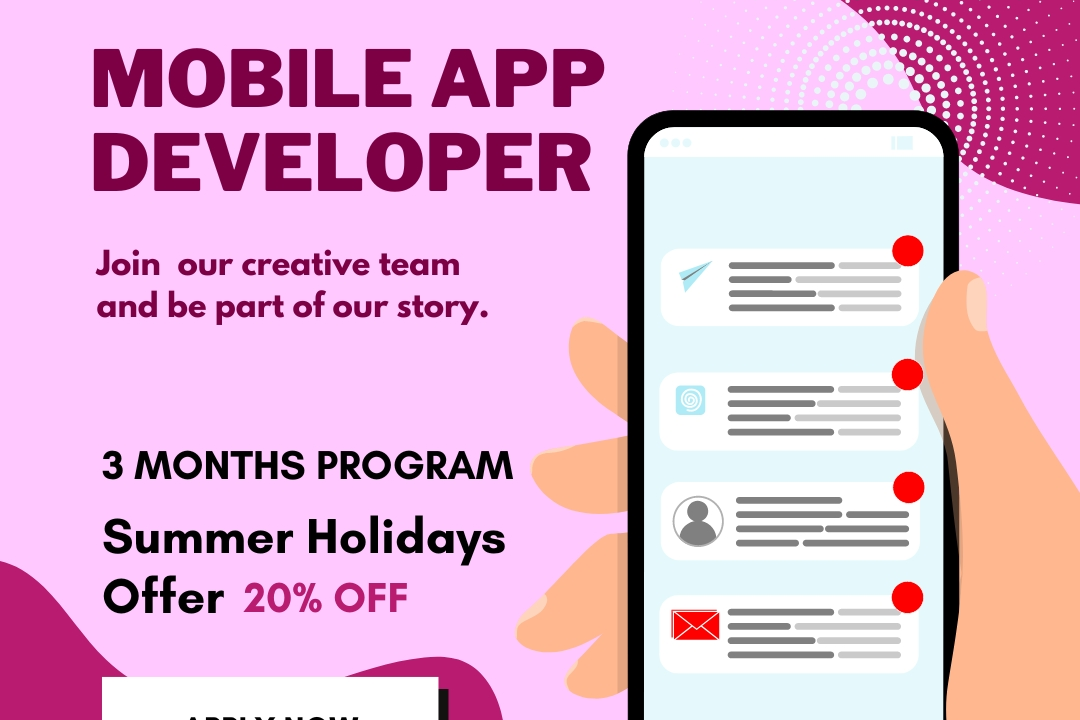Flutter Development Process
Optimizing the Flutter Development Workflow
Flutter Development Process
The Flutter development process involves several key steps to create cross-platform applications using the Flutter framework, which is built on the Dart programming language. First, developers set up their development environment by installing Flutter SDK and an IDE, such as Android Studio or Visual Studio Code. Next, they create a new Flutter project using the command-line interface or IDE tools. The core of the development involves designing the user interface with Flutter's widget-centric architecture, allowing for reusable and customizable UI components. Developers then implement application logic and state management, often employing packages from the Dart package ecosystem to enhance functionality. Testing is integral, requiring both unit tests and widget tests to ensure application reliability and performance. Finally, the app is built and deployed to target platforms, such as iOS and Android, with options for web and desktop as well. Throughout the process, developers leverage Flutter's hot reload feature, which facilitates quick iterations and instant feedback during development.
To Download Our Brochure: https://www.justacademy.co/download-brochure-for-free
Message us for more information: +91 9987184296
1 - Introduction to Flutter
Overview of Flutter as a cross platform UI toolkit, including its advantages like single codebase for Android and iOS.
2) Setting Up the Development Environment
Steps to install Flutter SDK, set up IDEs like Visual Studio Code or Android Studio, and configure simulators/emulators.
3) Understanding Dart Programming Language
Introduction to Dart, its syntax, and features, as Dart is the language used to build Flutter applications.
4) Creating Your First Flutter App
Walkthrough on creating a simple “Hello World” app to familiarize students with project structure and the Flutter run command.
5) Widgets: The Building Blocks of Flutter
Explanation of how Flutter uses widgets to build UI, covering both Stateless and Stateful widgets, and how to use them effectively.
6) Flutter Layouts
Introduction to layout widgets like Column, Row, Stack, and GridView, focusing on building responsive UIs.
7) State Management Basics
Overview of state management in Flutter, including concepts like setState() and the use of Stateful widgets.
8) Routing and Navigation
Explanation of Flutter's navigation system, how to implement routing between different screens, and passing data.
9) Working with Packages
Guide on how to leverage Flutter packages, including finding and adding dependencies using Pub.dev.
10) Networking in Flutter
Introduction to making HTTP requests, parsing JSON data, and handling asynchronous programming using Future and async/await.
11) Persistence and Local Storage
Overview of local data storage options in Flutter, including shared_preferences and SQLite for offline capabilities.
12) Integrating APIs
Detailed section on how to consume RESTful APIs, implementing CRUD operations, and displaying the fetched data in the app.
13) Building for Multiple Platforms
Discussion on how to adapt Flutter applications for web and desktop, including considerations for responsive design.
14) Testing Flutter Applications
Introduction to testing in Flutter, including unit tests, widget tests, and integration tests to ensure application robustness.
15) Deployment and Publishing
Guidelines for preparing apps for release on Android and iOS platforms, including app signing and submission processes.
16) Best Practices for Flutter Development
Tips on maintaining clean code, optimizing performance, and adhering to Flutter development guidelines to enhance app quality.
17) Exploring Flutter's Ecosystem
Overview of tools and services beneficial for Flutter developers, like Firebase for backend services, Flutter DevTools for debugging, and CI/CD options.
18) Real world Project Development
Encouragement for students to work on a capstone project that incorporates all learned concepts, solidifying their understanding through practical application.
Additional Notes:
Hands on Labs: Each point can be complemented with hands on coding labs and projects to give students practical experience.
Q&A Sessions: Regular question and answer sessions to clear doubts and solidify knowledge.
Guest Lectures: Invite industry professionals to share their experiences and insights related to Flutter development.
This structure provides a well rounded introduction to Flutter development and can be adjusted based on the knowledge level of the students.
Browse our course links : https://www.justacademy.co/all-courses
To Join our FREE DEMO Session: Click Here
Contact Us for more info:
Flutter App Prototyping
Java 8 Features
Flutter Resource Management
iOS Training in Malout
FLUTTER TRAINING IN SHENDURJANA











